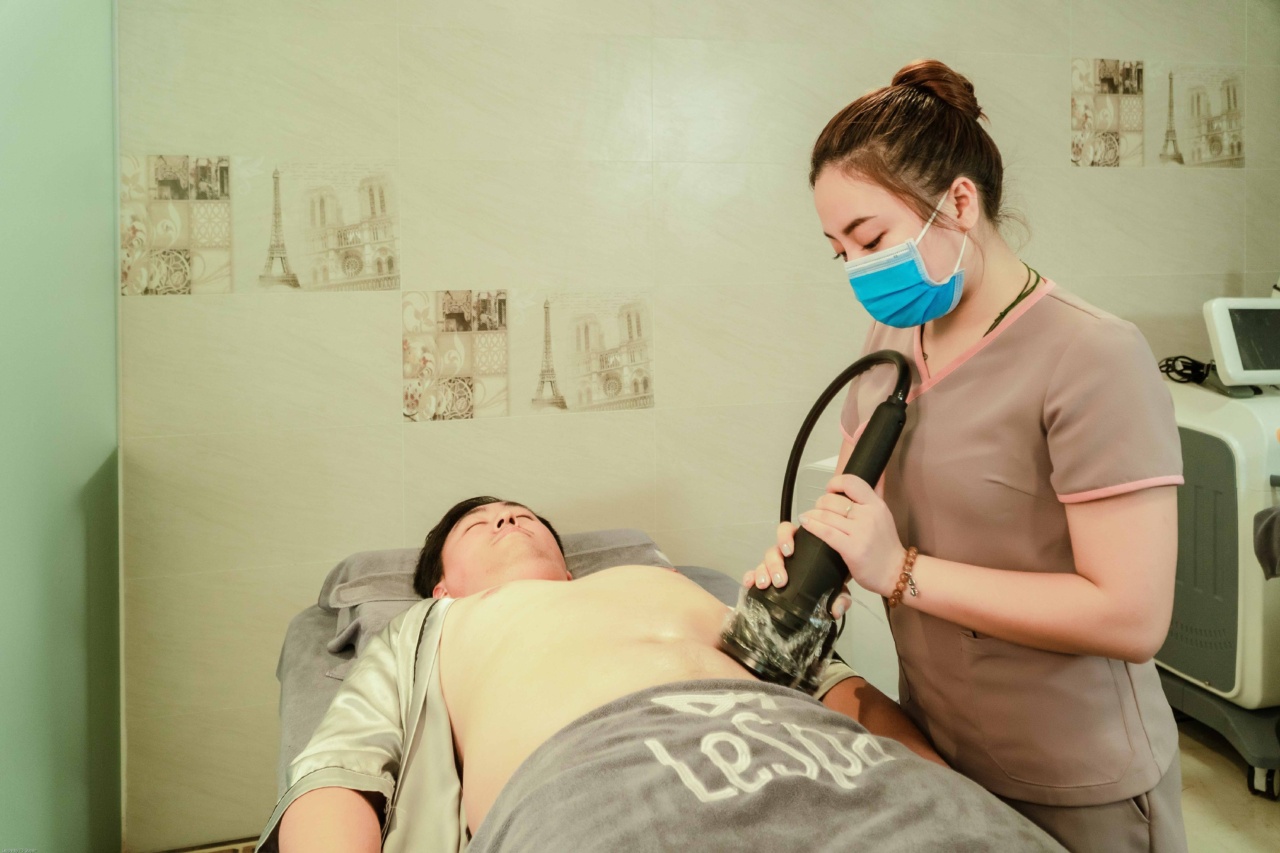A mouse tendon rupture is a condition where the tendon, which connects muscle to bone, tears or becomes damaged. This can lead to pain, limited mobility, and difficulties in performing daily activities.
However, there are several treatment options available to help manage and heal mouse tendon ruptures effectively. In this article, we will discuss various treatment approaches that can make the process easier and more convenient for both mice and their owners.
1. Rest and Immobilization
Resting the affected area is crucial for the healing process of a mouse tendon rupture. By immobilizing the injured limb, you prevent further strain or stress on the tendon, allowing it to recover.
A small splint or bandage can be used to secure the limb and restrict movement. It is important to ensure that the splint is not too tight to avoid cutting off the blood circulation.
2. Cold Therapy
Cold therapy can help reduce pain, inflammation, and swelling associated with a mouse tendon rupture. Applying an ice pack or a cold compress to the affected area for 15-20 minutes several times a day can be highly beneficial.
Ensure that the ice pack is wrapped in a thin towel to avoid direct contact with the skin and potential frostbite.
3. Medication
In some cases, your veterinarian may prescribe anti-inflammatory medications or pain relievers to manage the discomfort caused by a mouse tendon rupture.
These medications can help reduce inflammation, alleviate pain, and promote a more comfortable healing process for your mouse. It is essential to follow the dosage instructions provided by your veterinarian to ensure the well-being of your pet.
4. Physical Therapy and Rehabilitation
Physical therapy exercises can play a significant role in the recovery of a mouse tendon rupture. These exercises aim to strengthen the surrounding muscles, improve flexibility, and restore normal range of motion.
Your veterinarian or an experienced animal therapist can guide you through appropriate exercises and techniques for your mouse’s needs.
5. Surgical Intervention
In severe cases or when other treatment options fail to yield satisfactory results, surgical intervention may be necessary. A veterinarian specializing in small animal surgery can repair the ruptured tendon through surgery.
Post-surgery, following rehabilitation exercises and closely monitoring your mouse’s progress is vital for a successful recovery.
6. Nutritional Support
Ensuring your mouse receives a well-balanced and nutritious diet is crucial for its overall health and healing. Consult with your veterinarian to determine the appropriate diet for your pet’s specific needs during the recovery period.
Adequate protein intake is especially important as it helps support tissue repair and strengthen the healing tendon.
7. Providing a Comfortable Environment
Creating a comfortable and safe environment for your mouse is vital for its well-being throughout the healing process.
Ensure that the cage is clean and spacious, allowing enough room for your mouse to move comfortably without straining the injured area. Avoid placing any objects or structures that may pose a risk of re-injury to the tendon.
8. Monitoring and Follow-up Care
Regular monitoring and follow-up care are essential to ensure the proper healing of a mouse tendon rupture. Consult with your veterinarian to determine the frequency of check-ups and any necessary adjustments to the treatment plan.
By closely monitoring your mouse’s progress, you can address any concerns promptly and make any modifications to the treatment plan, if required.
9. Preventive Measures
Preventing mouse tendon ruptures is always preferable to treating them. To minimize the risk of injury, create an environment that minimizes falls and accidents.
Secure any structures or objects that may pose a threat to your mouse’s well-being, such as ramps or climbing structures. Regular exercise and providing appropriate toys and enrichment activities can also help maintain muscle strength and reduce the risk of tendon injuries.
10. Seek Professional Guidance
If you suspect your mouse has experienced a tendon rupture, it is crucial to seek professional veterinary guidance.
A veterinarian experienced in treating small animals will be able to assess the severity of the injury accurately and recommend an appropriate treatment plan. Prompt intervention can significantly improve the healing process and prevent further complications.






























